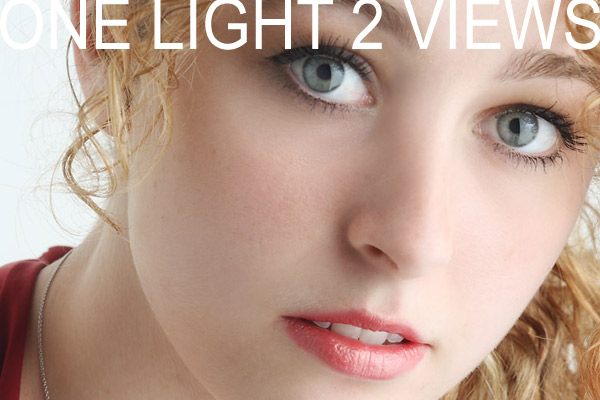
Yesterday I shot Jordan for her mom’s Irish Step Dancing Wig catalog. Today we got together for some pics just for her. This was the first time she had shot without a wig on… so it was a lot of fun. I have known Jordan since she was about 9, so it was also fun to shoot her without a wig on.
I used a staple of lighting that I use on head shots: One large soft box and lots of fill cards. I control the contrast with V-Cards or fill cards and change up the background as I like.
I added a shiny panel to the area below her and angled to catch some of the light from the softbox. This little ‘kicker’ light adds a nice snap to the skin and under chin area. The softbox is to the left of camera and the V-Card fill is to camera right. I have a large fome core panel behind her and in pretty close for the background. This is a shot from that setup:
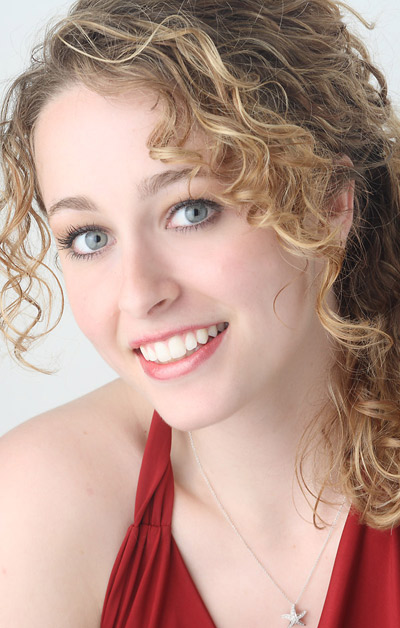
Here is a setup shot. This shot shows the dark background. I had removed the background fome core so we could do some dark background shots.
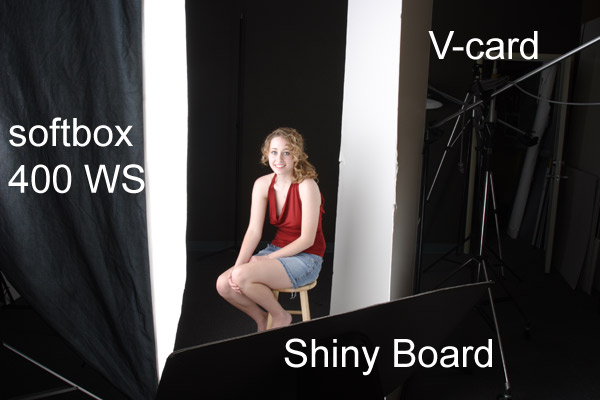
As I was adding the white background card I noticed how gorgeous the light was as she turned to look at me. I quickly grapped the camera and shot from that angle… literally along the line of the background card. Since she was at the rear of the softbox, when she turned to me the light from the softbox was actually going by her and she was lit by the edge, or ‘feather’ of the softbox. The light wrapped on all the white cards and added that subtle little backlight on the chin and neck. I love this light!
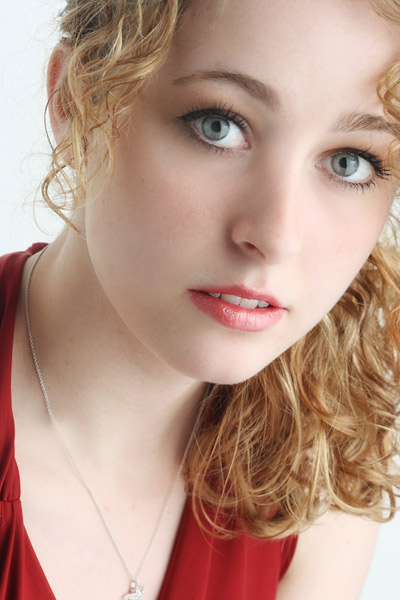
|
Information for today’s photographer. From novice to pro, LE Magazine has it all. |
 |
 |
Here is a lighting diagram for this shoot. You can see the two camera angles with the associated images. Try this light sometime. And especially try the feathering of the light… working on the edge of the light instead of in the light. You can discover some wonderful looks.
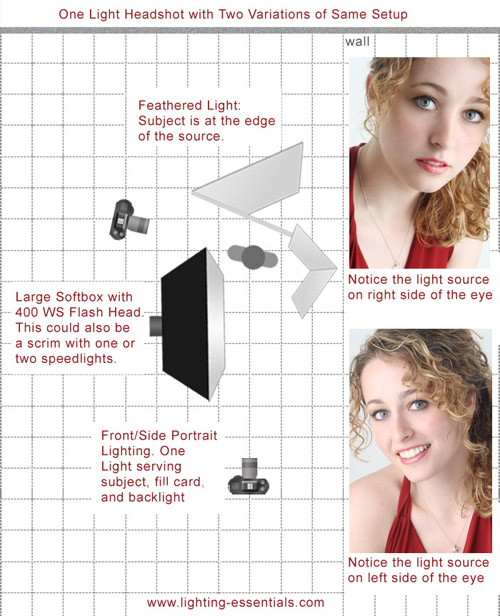
Thanks for visiting Lighting Essentials. Be sure to visit Lighting Essentials Magazine for more info and fun.





Hi Don, I’m totally new to studio lighting. The one-light headshot of Jordan is really terrific…and creative. An embarrassingly simple question, please: Are you shooting these with the lights “ON” permanently, or as a flash / strobe? Why use one over the other? Meaning, why would you shoot a subject with a flash as opposed to a permanent light?
Bill,
I just happened on this page and will answer. It was the flash/strobe. Whenever you see watt-seconds used as units (of energy in the flash), you know it’s a flash. The reason flashes/strobes are used as opposed to hot lights is that they produce a very high light intensity for just the shot and then are off. If they were on all the time at that intensity, they would produce a huge amount of heat (melting many of the materials that with flashes can comfortably be used), would place impossible demands on batteries, and also they would make the main subject very hot and uncomfortable. Some high end strobes have LED modeling lights that help visualize the lighting on a full-time basis whereas the flash bulbs do the actual lighting during the shots.
The hot lights have to be used when shooting video, obviously. Some photographers like them for the what-you-see-is-what-you-get quality, although the need for this has diminished with digital. These relatively intense lights make manual focusing very easy. The light intensity however is not like from a flash – you’d have to use a slower shutter speed or higher ISO or wider aperture.
Cheers
— Alex
Hello Lighting Essentials,
Awesome lighting.
Simple yet effective single light setup for a headshot, giving life to the eyes at several angles.
Wondering about the shiny board.
What is holding the shiny board in place, its distance, height, size, type of surface?
“mom’s Irish Step Dancing Wig catalog” interesting niche market LOL.
I realize this article is from 3/08 so if no response soon thats OK hoping someone else may benefit from this question if I forget to check back after a while.
Thank you for the Lighting Essentials web site.
James